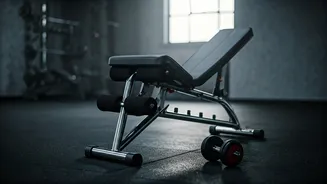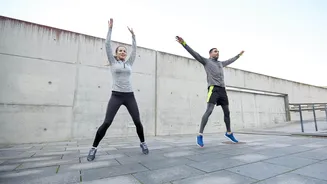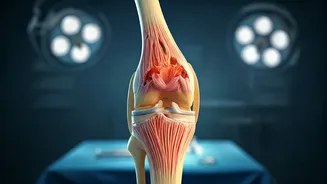Genuine Warm-Up Essential
Many people rush through their warm-up, but a proper warm-up is crucial for preventing injuries and preparing the body for intense activity. A 'real' warm-up goes
beyond a few stretches and includes dynamic movements that mimic the workout's exercises. This could involve exercises like arm circles, leg swings, and torso twists. The purpose is to increase blood flow to the muscles and improve joint mobility. Neglecting this crucial step can lead to strains, sprains, and other injuries. A well-executed warm-up is not a formality; it is a fundamental pillar of any effective workout plan.
Incorporate Unilateral Work
Unilateral exercises are single-sided movements that target one limb at a time. This approach helps to address muscle imbalances, strengthen each side of the body independently, and improve overall stability. Examples include single-leg squats, one-arm rows, and lunges. By incorporating these exercises, you encourage symmetrical strength development, which helps reduce the risk of injury. Moreover, unilateral training helps identify weaker areas, allowing for more focused training and balanced muscular development.
Strategic Rest Periods
Properly planned rest times are crucial for recovery and performance enhancement. Without adequate rest, the body cannot fully recover, which can lead to fatigue, decreased performance, and increased risk of injury. The duration of rest should align with the intensity and type of exercise. For high-intensity workouts, longer rest periods may be necessary to allow the muscles to replenish energy stores and clear metabolic waste products. Consider incorporating active recovery like light cardio during rest periods to maintain blood flow and reduce muscle soreness.










